VIDEO Interview: Subsea Europe Services: Driving the ‘Survey System-as-a-Service’ Business Model
Born during a pandemic, Subsea Europe Services founder and CEO Soren Themann, is gearing up for a brisk business premised on true autonomy, AI and neural systems in 2021 and beyond.
- Soren, to start, can you give an overview, a ‘by the numbers’ account if you like of Subsea Europe Services today?
Subsea Europe Services is a young company, founded in January 2020, which was only a few weeks before COVID-19 started dominating our lives. The goal of Subsea Europe is to make it possible for every organization to collect and evaluate marine data professionally. During our first year in business we made a significant investment in the rental pool. We currently have more than 10 systems up to date. We've developed and also successfully implemented the integrated Hydrographic Survey System concept. And we've grown our field support capabilities so we have a total of five people, which I think is a great achievement under the COVID-19 dominated world.
- I know everything today is viewed through a COVID-19 lens, and we will be getting back to that later, but when you look at your business today, what are the primary drivers?
Autonomy, both of the sensor systems but also autonomy of the platform carrying the sensor system, which from our perspective are two separate topics. In particular the autonomy of the sensor system requires the use of artificial intelligence moving forward, which we believe is the second important driver here. There will be no autonomous data processing and evaluation capabilities without AI, neural networks or supervised learning. This can be problematic because we have sufficient data available in the Maritime domain, but not sufficient proven interpretations of the data to train the network. That's a hard nut to crack for the future, but both autonomy and AI will enable new business models for us and lead to a disruption of existing value chains.
- It is a fascinating ‘push and pull.’ As technology has evolved, it seems to a degree that hydrographic survey has become somewhat commoditized. How do you see it?
Well, especially in shallow water. With shallow water systems the technological differences between the different multibeam systems available on the market are rather small. So selecting a suitable system for the job has become more like a some kind of a passion statement rather than a fact-based decision. Now, this commoditization is in fact also enabling new business models for system integrators like us. So we believe we've standardized on an integrated hydrographic survey system that we believe meets the requirements of at least 90%, maybe 95% or for multibeam survey jobs in shallow water. So through this high level of standardization, we can keep the cost base low and still offer great technology with great technical support. And this then gives us the required leverage to offer our integrated systems. For example, on a subscription basis for customers who need a full-fledged system only a few times a year, but, of course, want the ‘latest and greatest.’
We've seen similar developments already in other industries. Look at the car rental industry: you don't rent a specific brand or model, rather you rent the class of car. So today you can even subscribe to a car rental and use it only when you need it, which leads to ‘mobility-as-a-service’ business models. We believe the next step in our evolution would be a ‘survey system as a service,’ which then leads to ‘data-as-a-service’ at some point, with customers only paying for the information, like a seabed map, instead of buying or renting a multibeam.
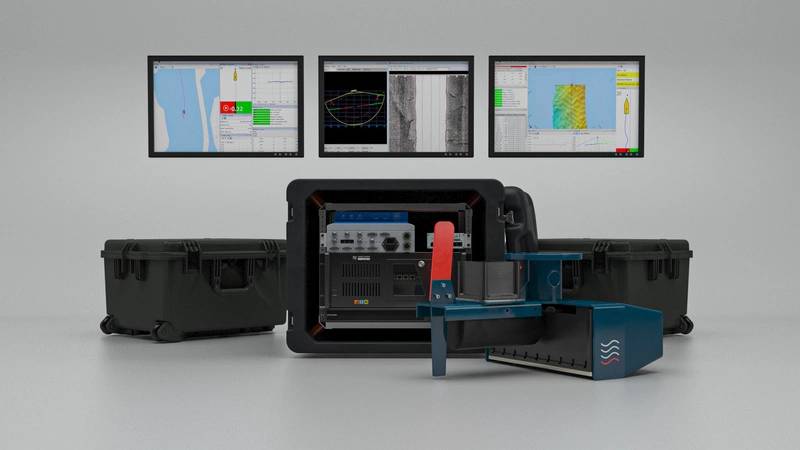 Photo: Subsea Europe Services
Photo: Subsea Europe Services
- We cover autonomy relentlessly across our maritime, offshore energy, subsea and logistics brands. Can you drill down and discuss how autonomy is impacting the hydrographic survey sector?
We believe that real autonomy will be a game changer for the hydrographic sectors. There are several good examples of autonomous platforms available, but these are still automated platforms with certain aspects of autonomy. Real autonomy means I would give a system a task, like to do a multibeam survey in a specific area with a resolution of X and a point density of Y. Then the system conducts the whole survey takes all decisions autonomously and delivers the final product. To get to this point, we need to take autonomy of the platform and autonomy of the sensor system to the next level. So from our perspective, the roadmap to real autonomy will lead from automated platforms and sensor systems to autonomous platforms and sensor systems and then finally only to integrated autonomous survey systems.
A step in between will be remote services, which is something we're (and many others are) working on right now. So this is where automated systems are assisted, with an expert sitting in the offices far away from the action, for example. We see clear examples of this with Fugro's office assisted remote services, and in combination with semi-autonomous platforms also with Ocean Infinity's Armada, for example. This would mean that most hydrographers would spend more time assisting autonomous service systems from the (confines of their) warm office.
- You hit on a lot of good points. In all of the sectors we serve I see this rapid evolution of technology, but on the other side of the coin, you have the cultural acceptance, or lack thereof. How do you see the evolution of the acceptance of this technology, allowing people to spend more time in the office and less time at sea?
When technology is evolving quicker than people, there's always a change process associated. It will still take years until we see a broad acceptance and use of remote assistant services and autonomy in all sectors of the industry. And some very specialized services may never be executed without an expert on site. But I believe the days of roughneck offshore surveyors fighting with technology and the elements are long gone. What we see today in the hydrographic surveying industry is more of a computer specialist than a daredevil. This new path could also result in a more healthy work-life balance, too.
- You can't have a business discussion without discussing COVID-19, but the question in regards to your company is even more topical, as you were born just at the outset of COVID-19. Discuss your outlook for 2021?
COVID-19 has had quite an impact on the industry overall. The nearly endless number of different local regulations regarding travel and quarantine made it very hard to plan and execute projects, gave a high-level of uncertainty, and led to delays and some cancellations. But after almost one year now we're in calmer waters and we'll execute our business case as planned. We're a little bit behind, but we hope to have positive results, and this means more investment for 2021. We are always searching for research projects around autonomy of survey systems and neuro networks for data interpretation. We're also expanding our services by adding post-processing services for multibeam data. simplifying marine data acquisition for our customers. There are exciting times to come.


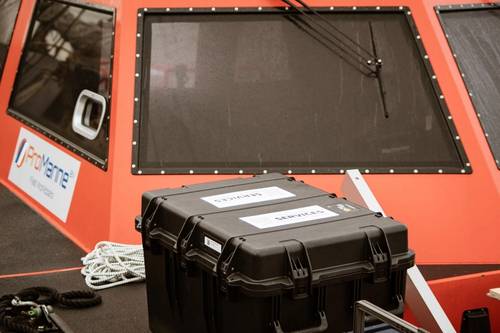
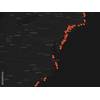
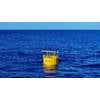
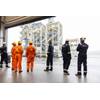
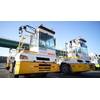
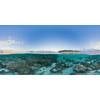
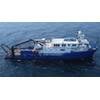






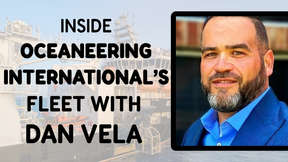
 August 2025
August 2025



